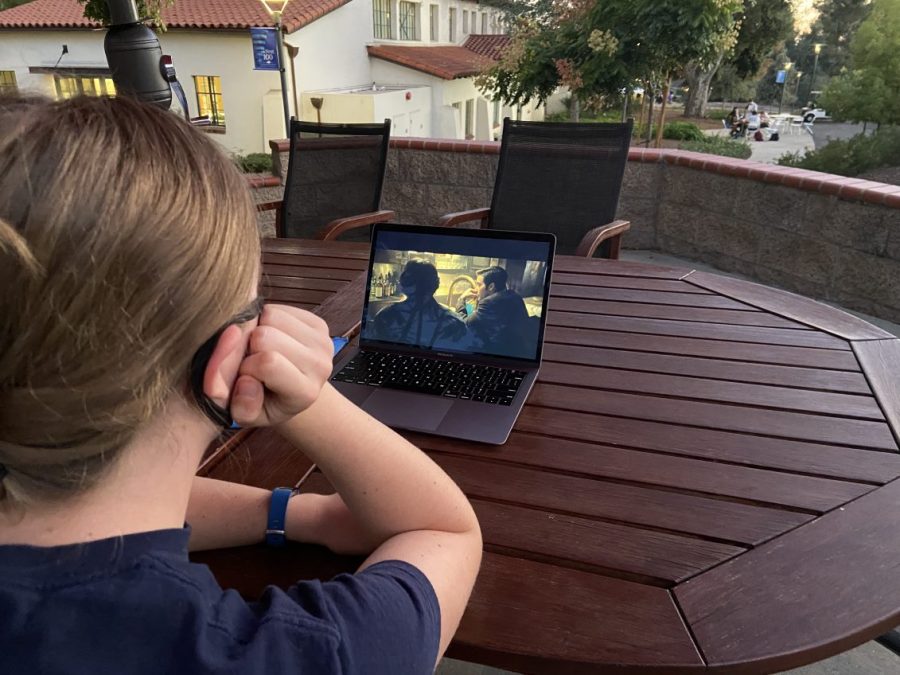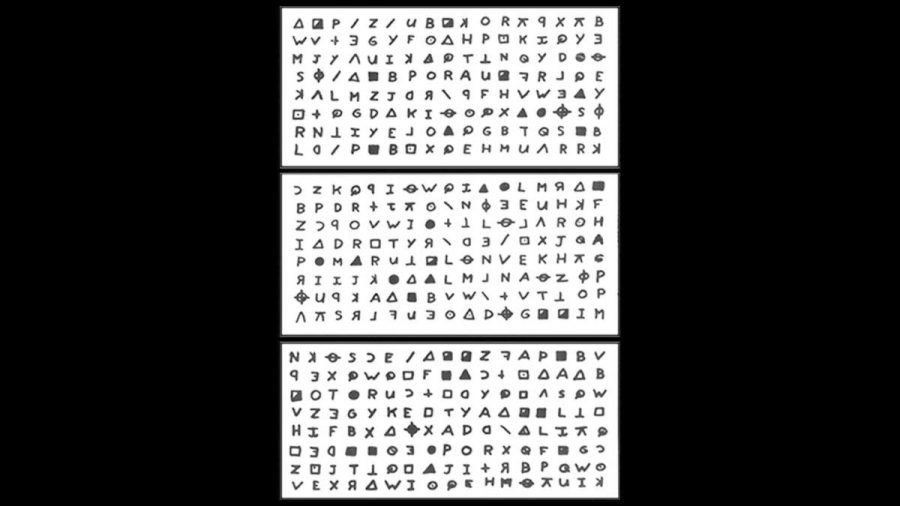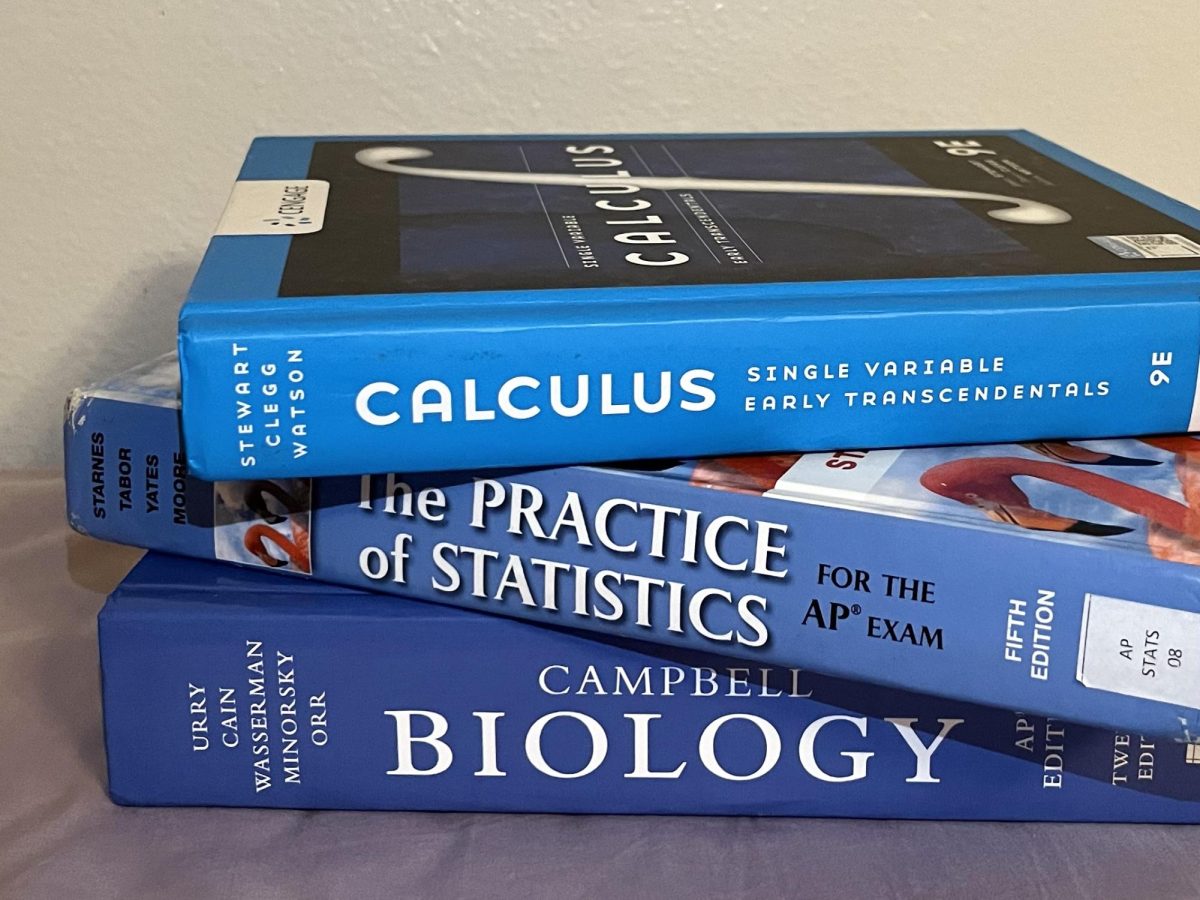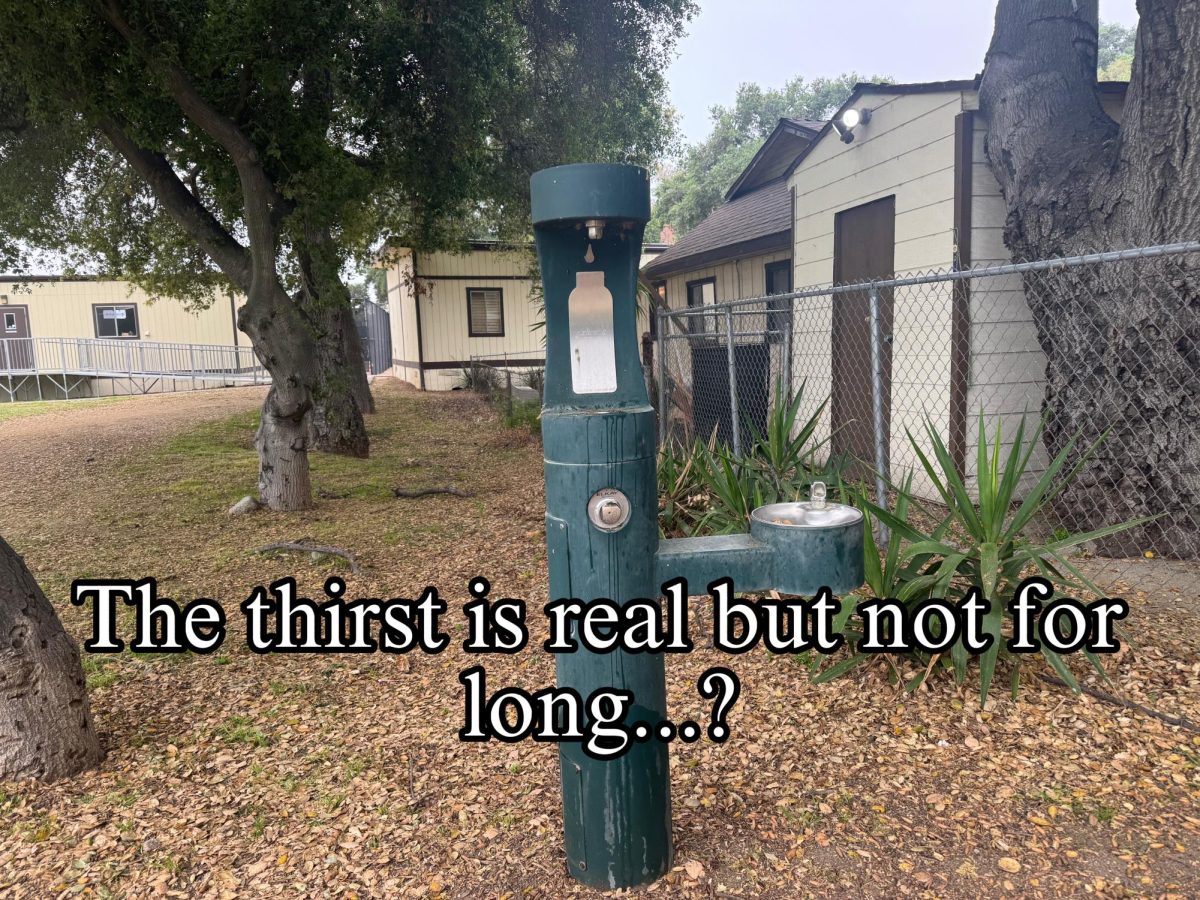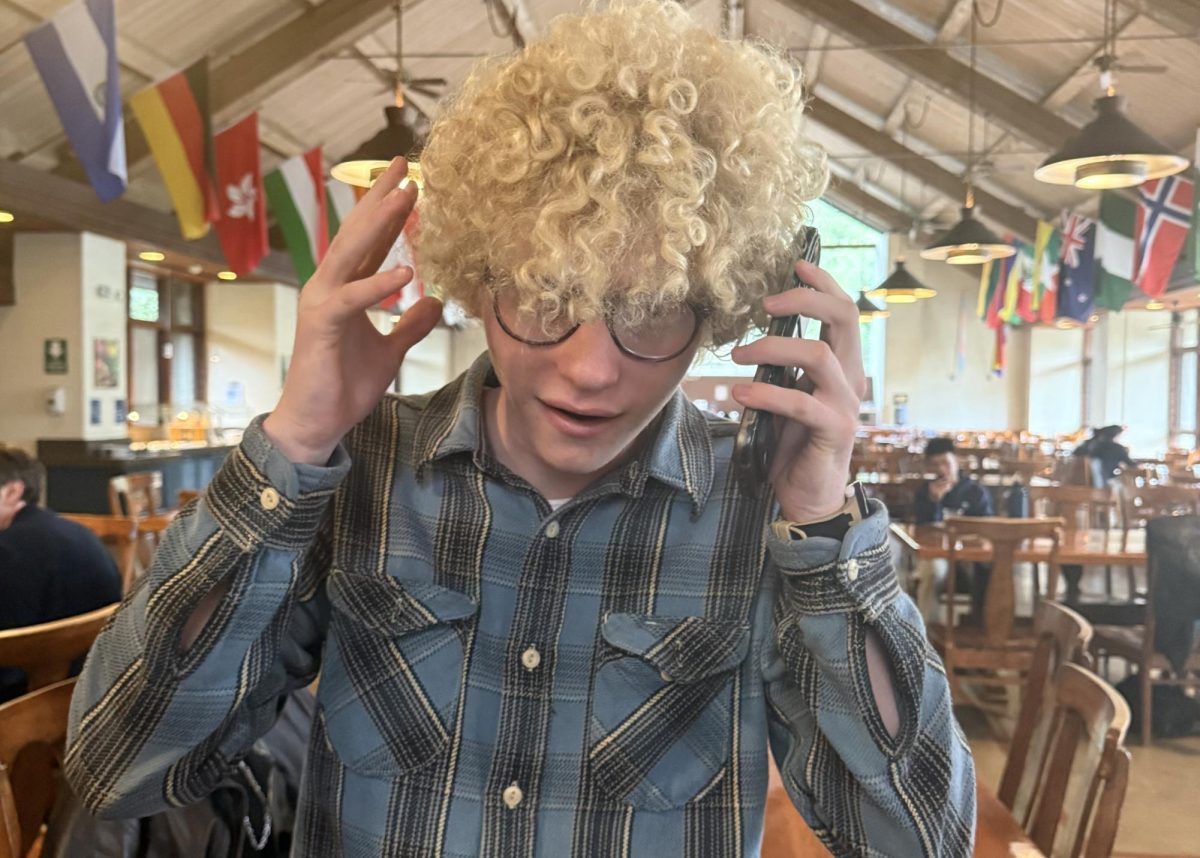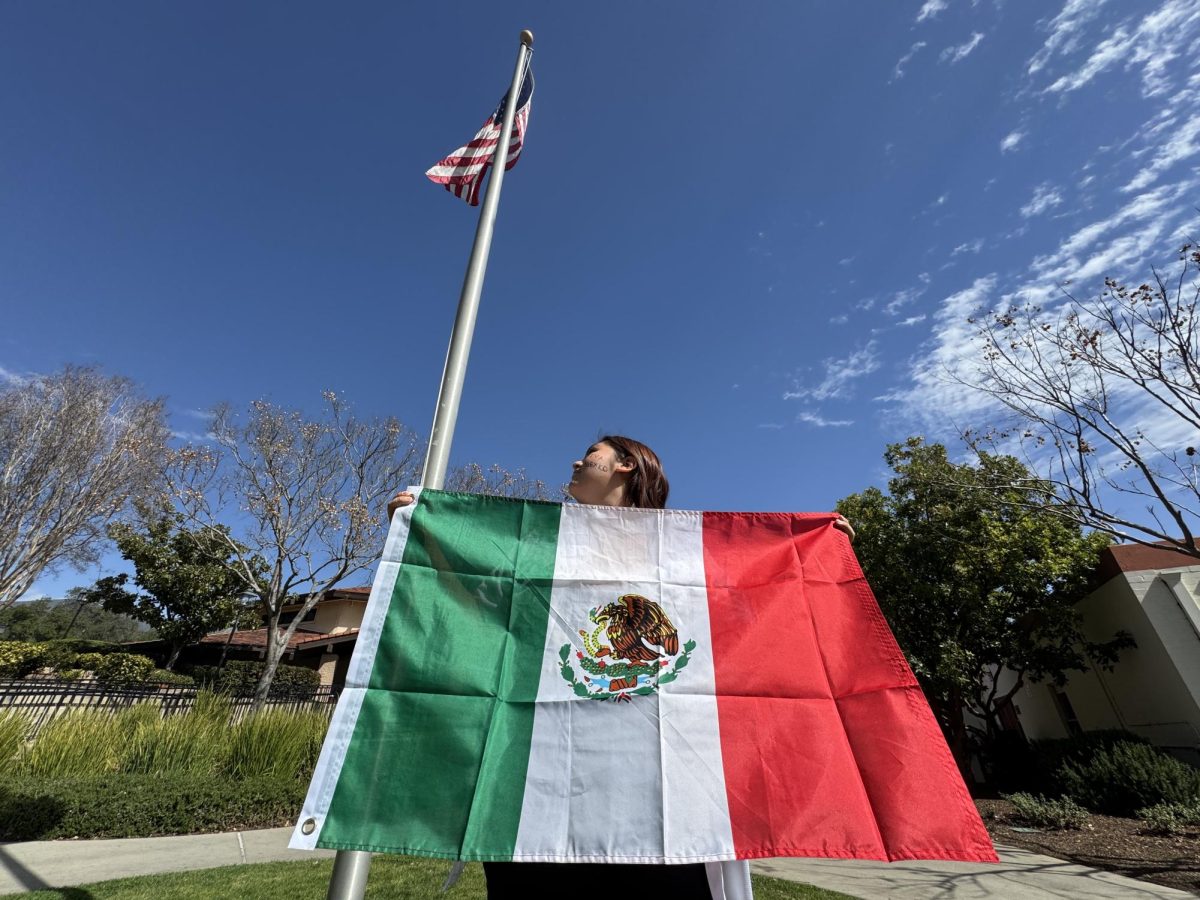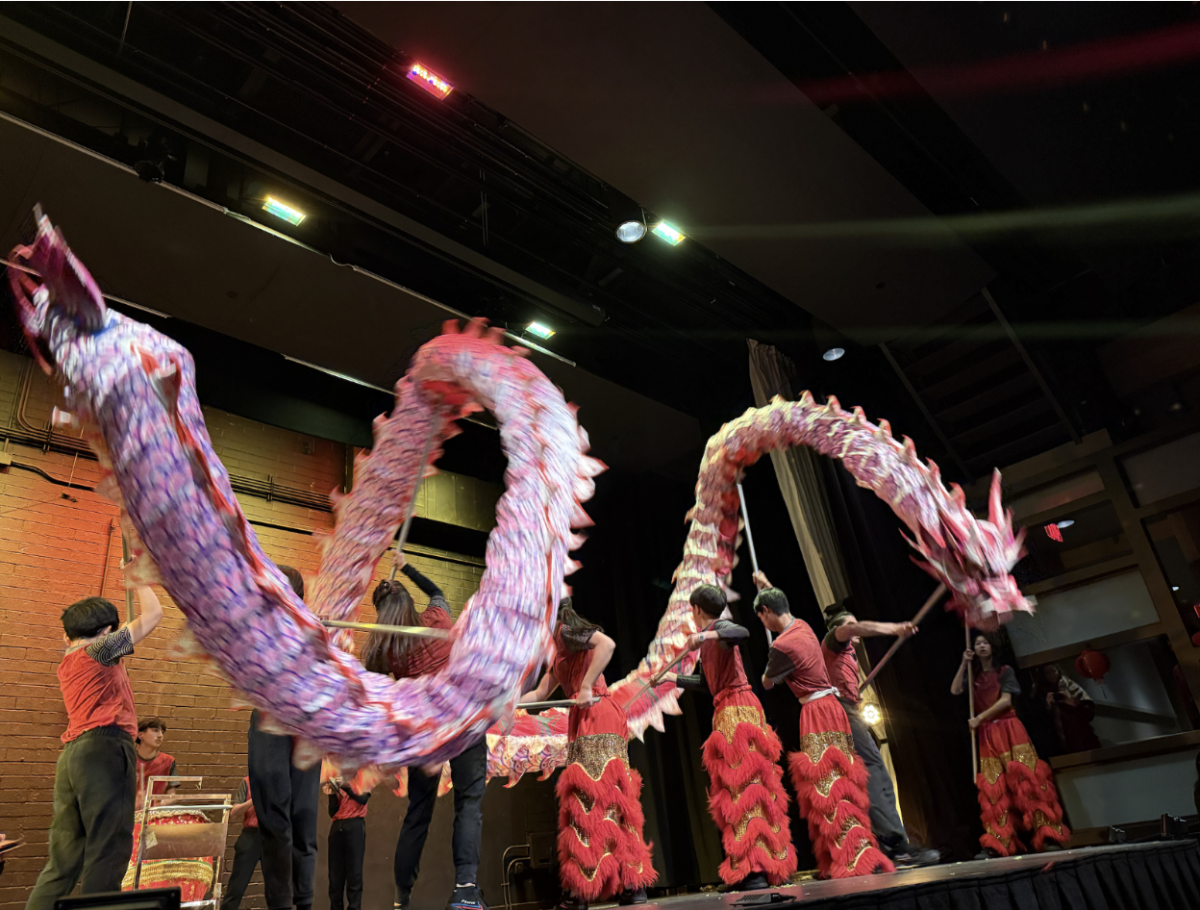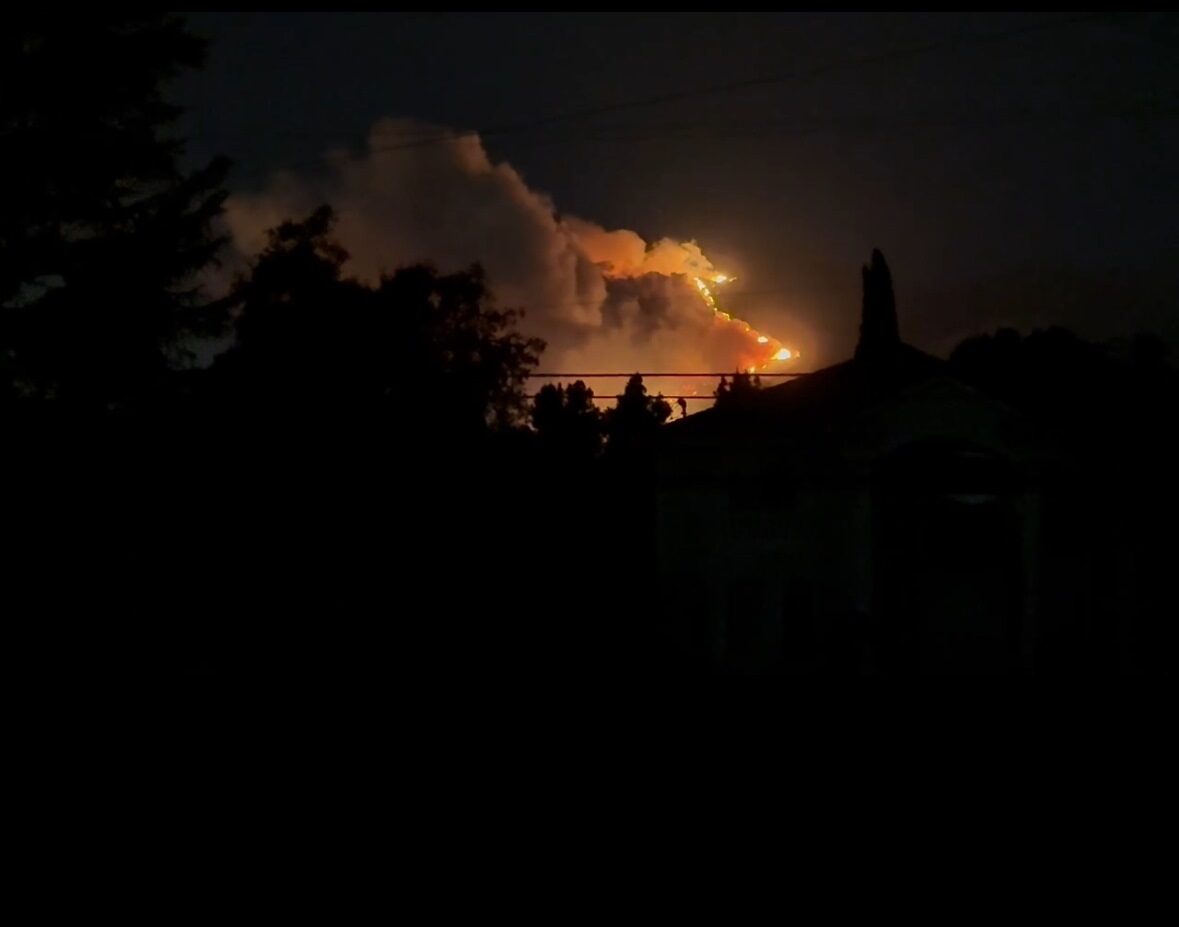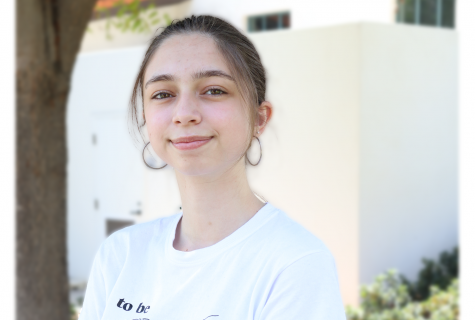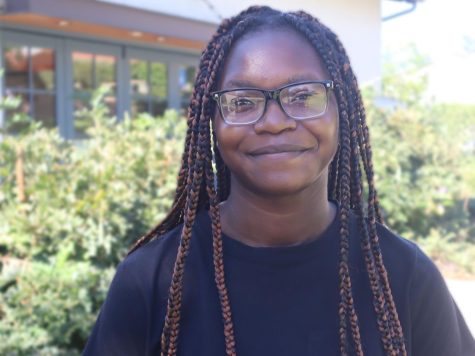WARNING: this article contains graphic content that some readers may find disturbing.
Over the past couple of months, Webb students interested in true crime have been pushing for a true-crime centered Unbounded Days program. Meg Horejsi, arts department faculty, is working with Wendy Maxon, Humanities department faculty, to create an Unbounded opportunity for students to learn more about local true crime stories.
“Given our plan and the support we’ve received thus far, it’s looking pretty doable,” said Dr. Maxon. “Our goal [for the Unbounded course] is to look at various local cases as well as the role the media plays in how the public perceives Los Angeles – and its dark side.”
Students more interested in the cyphers than the crime itself might enjoy the “Tech Challenge” Unbounded opportunity offered by the technology office. In fact, the hosts of this Unbounded opportunity use the Zodiac cyphers as teaching materials for their course.
“One of the events that tech had during Unbounded week was a series of messages that needed to be decoded,” said Nick Protich, Tech Team member who runs the Tech Challenge unbounded. “We used a Caesar cipher to disguise the messages that students would decipher in order to move on with the next part of a challenge.”
Students were asked to decode some images and solve a substitution cypher with Norse runes. The whole thing was based off Cicada 3301, an online organization that posted three sets of puzzles between 2012 to 2014, with the aim the recruit “highly intelligent individuals.”
“It was cool learning about [about] decryption, and the concept was cool since I think most people were interested in Cicada,” said Leslie Huh (‘22). “It was a lot of fun.”
The Tech Challenge Unbounded will be offered again in 2022.
While any crime mentioned in the Tech Challenge Unbounded is purely fiction, the nature of true crime will likely require the course’s faculty to think mindfully about the way they teach the course.
“We want to make sure a program of this sort honors the victims, isn’t voyeuristic, and is aimed at understanding and bettering humanity,” said Dr. Maxon. “And we want to get out there and explore!”
Unbounded Days programs aim to provide students with a space to take a break from the stress of school and learn about the topics they find the most interesting.
Few things are as morbidly fascinating as true crime and one of the most infamous cases is that of the Zodiac Killer. Unidentified until October 2021, his crimes fascinated and horrified the public well over 50 years after his first confirmed kill.
In July 1969, the San Francisco Examiner received a letter containing a chilling message. “I like killing people because it’s so much fun,” the letter read. The man who sent the letter would become known as the notorious Zodiac Killer.
From the late 1960s to the early 1970s, The Zodiac Killer was active in Northern California before mysteriously vanishing near the end of the decade. Before his disappearance, he sent nearly two dozen letters to multiple news publications.
These letters are what made him perhaps the most infamous serial killer of all time. Among the dozens of letters he sent, four contained cyphers. Cyphers come in many types, the most famous being Caesar cyphers.
“A Caesar cypher is a shift of letters left or right,” said Mr. Protich. “For example, if we used a cypher that shifted by 3 letters, the letter A’s equivalent cipher character would be Y, B [becomes] Z, and C [becomes] A.”
However, the Zodiac cyphers were not nearly that simple. The Zodiac cyphers are called substitution cyphers—each symbol represents a unique letter or character. Without a key to decode the cyphers and no apparent rhyme or reason to the symbols, cracking the code proved to be an arduous challenge.
The police named the four Zodiac cyphers Z 408, Z 340, Z 13, and Z 32. The Z stands for Zodiac, with the following number denoting the amount of characters in the cypher, with Z 408 being his longest and Z 13 being the shortest. Z 408, both his first and his simplest message, was cracked by a schoolteacher in a matter of hours. His second message, sent in 1969, remained unsolved until December of 2020, when it was deciphered by an independent team of investigators.
Despite the progress made in solving these cyphers, the identity of the Zodiac Killer remained an enigma. That is, until a team of retired police investigators and military intelligence officers called the Case Breakers announced that they had uncovered the Zodiac Killer’s true identity using DNA evidence police had previously discounted.
According to the Case Breakers, the killer’s name was Gary Francis Poste. Poste was an Air Force veteran who died in 2018 at age 80. Poste’s personal life was a mystery, and little is known about him other than his history of domestic abuse and violent behavior.
The identification of Poste as the Zodiac Killer has also allowed investigators to connect him to an additional murder in 1966 that was previously deemed unconnected. The San Fransico Police Department has confirmed that the Zodiac Killer killed five people and injured two between 1968 and 1970, but the killer himself claims that he killed at least 37 people.
The public has always been obsessed with investigating the identity of the Zodiac killer and the Webb community is no exception.
“I was really really shocked because I thought that was gonna be one we just weren’t going to be able to solve because of the [previous] lack of DNA evidence,” said Megan Horejsi, Arts department faculty. “For me, the DNA evidence is extremely compelling.”
With public interest in true crime piqued since the resolution of the Zodiac Killer case, a true-crime Unbounded program will give Webb students a space to learn about California true crime cases through an analytical lens. Leaning in the classroom can set the foundation, but the program provides students with experiences they can only gain through the hands-on nature of Unbounded Days.


